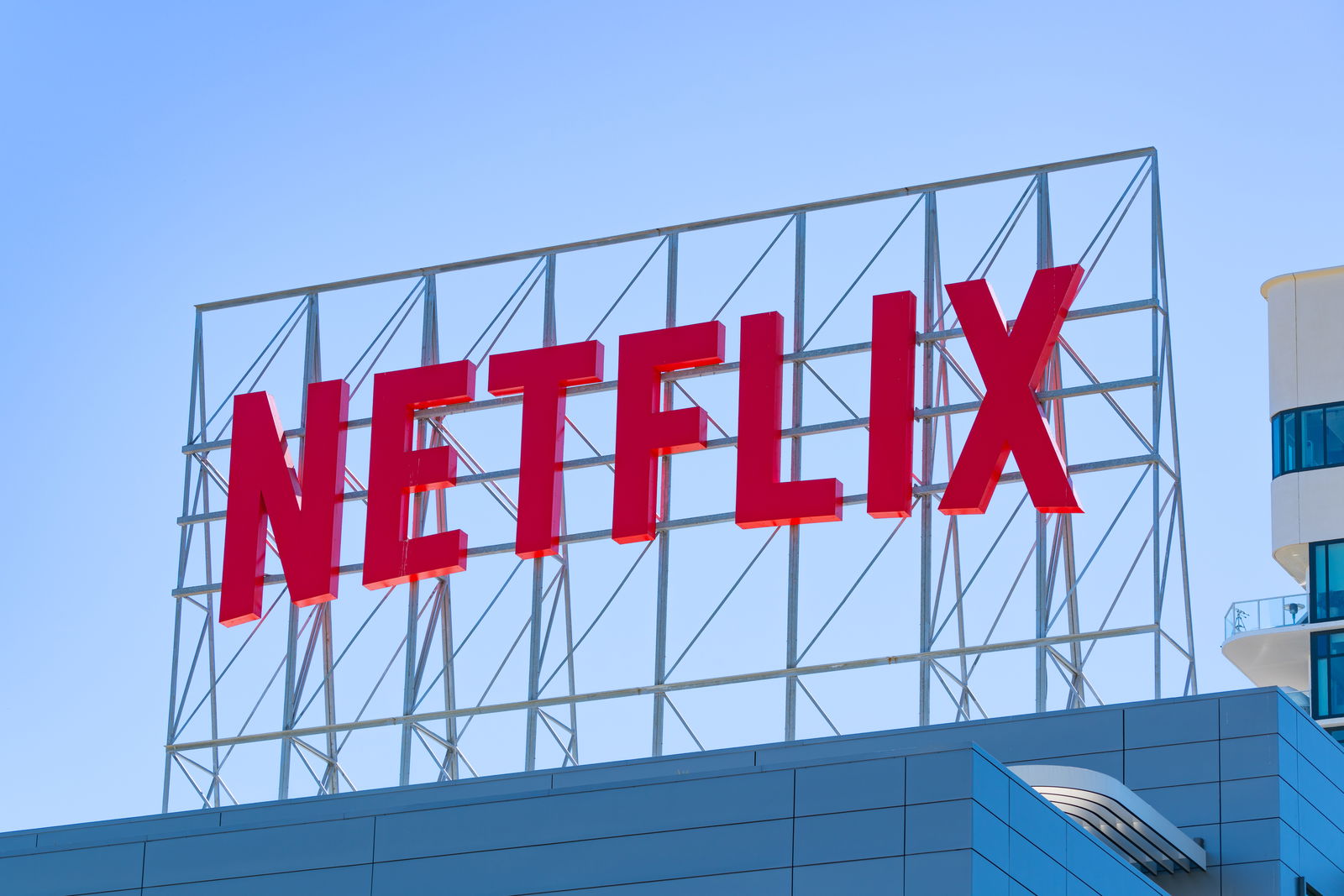Amidst the ‘First Kill’ Cancellation Backlash, Lets See How the Streamer Makes These Big Decisions in the First Place

via Imago
[data:image/gif;base64,R0lGODlhAQABAAAAACH5BAEKAAEALAAAAAABAAEAAAICTAEAOw==]https://www.staging.netflixjunkie.com/wp-content/uploads/2022/08/first-kill-netflix-season-2-renewal-status-and-what-we-know-so-far.webp
Netflix just cannot escape angry First Kill fans. Avid supporters of the show have left no stone unturned to get the streaming goliath to renew their beloved show. No matter the subject matter of the tweet, not one post by Netflix goes by with #renewefirstkill in the replies. Sadly, this time, fans couldn’t turn it around. The streamer recently announced the dreaded cancellation, breaking several hearts along the way. Not to jump to the platform’s defense, but there are two sides to a story. Let us find out which parameters result in renewals and which in cancellations.
Netflix internal scores
Contrary to traditional media that have either box office or advertising revenue and viewership numbers at their disposal, analyzing the statistics of streaming platforms is trickier. Lucas Shaw of Bloomberg shared an article last year that tried to simplify and give a deeper insight into Netflix’s internal metrics. Let us try to break down some of the finer points.
ADVERTISEMENT
Article continues below this ad

A term known as financial performance compares the cost to make a show with the money it made. Basically, a fancy word for profits. Adam Shaw pointed out that Netflix “relies on its own idiosyncratic data points to evaluate programs.” The three units of measure determine the strike rate of a particular show or film: “adjusted view share,” “efficiency score,” and “impact value.”
For instance, with an adjusted view share of 353 and an efficiency score of 41.7X, Squid Game, which cost $21.4 million to make, made an absurd $900 million in impact value. We knew the show did well, but the numbers just emphasize the reach of the Korean dystopian drama. To state it plainly, high scores in the aforementioned parameters would increase the chances of renewal.
What led to the downfall of First Kill?
Another term that decides the fate of the show is the Completion Rate. First Kill showrunner Felicia D. Henderson also referenced the term when talking about the show’s failure. According to Henderson, the low completion rate and improper marketing for the second phase led to the tragic demise of the show. For viewers interested in the data, Digital I, a British analytics firm, shared their coverage of the completion stats for First Kill.
ADVERTISEMENT
Article continues below this ad
The show had a completion rate of less than 45%. This means the viewership from the first episode to the eighth strikingly decreased by more than half. According to a Digital I representative, “Historically, under 50% almost always leads to cancellation.” Another deciding factor is weekly hourly data from the Netflix Top 10.
This is divided into four basic categories: English Films, non-English films, English shows, and non-English shows. Netflix keeps a close eye on these four. Apparently, the 2nd and the 3rd week are crucial for a show. Regardless of its cult following, the numbers just did not favor First Kill, with a 62% plummet. The show’s fate was pretty much sealed after that.
ADVERTISEMENT
Article continues below this ad
With a plethora of content out there, some of it is bound to fly under the radar. As much as we would like to blame Netflix, perhaps there’s more to it than meets the eye. Having said that, the streamer definitely needs to work on its curation. How about we share the blame and meet halfway, Netflix? Meanwhile, you can re-watch season 1 of First Kill to commemorate the show.
ADVERTISEMENT
More from Netflix Junkie on Netflix News
ADVERTISEMENT









